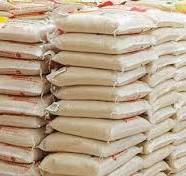 Need A Reliable Rice Farmer and Producer that can supply you (Nationwide) Nigerian Stone-Free Quality Rice? Contact ShopLink.NG via call or whatsapp using this our official number: 08061379390 or 08024207231. We sell at factory cost and wholesale prize for different sizes of bags and types of rice. We assure you of safe and timely delivery to your location at wholesale and discounted rate depending on your order quantity.
Need A Reliable Rice Farmer and Producer that can supply you (Nationwide) Nigerian Stone-Free Quality Rice? Contact ShopLink.NG via call or whatsapp using this our official number: 08061379390 or 08024207231. We sell at factory cost and wholesale prize for different sizes of bags and types of rice. We assure you of safe and timely delivery to your location at wholesale and discounted rate depending on your order quantity.What you need to know about Rice in Nigeria
In spite of the oil, agriculture remains the base of Nigeria’s economy, providing the main source of livelihood for most Nigerians. Rice is one of the most consumed staples in Nigeria, with a consumption per capita of 32kg. It is the agricultural commodity with the third-highest worldwide production, after sugarcane and maize.
There are factors that affect the growth and production of rice. They include environment, soil properties, biotic conditions, and cultural practices.
Environmental factors include rainfall and water, temperature, photoperiod, solar radiation and, in some instances, tropical storms. Soil factors refer to soil type and their position in uplands or lowlands. Biotic factors deal with weeds, insects, diseases, and crop varieties.
Rice contains carbohydrates, which gives energy, but it can also raise blood sugar. Again, rice is one of the oldest cereal grains in the world, and people have grown it for at least 5,000 years.
It is a staple food for more than half of the world’s population, and 90% of the world’s rice comes from Asia.
White rice is the most common type, though brown rice offers more health benefits. Brown rice comes in a variety of shades, including reddish, purplish, or black.
Rice requires warm, moist conditions for growth and is grown world-wide in tropical and warm temperate habitats. Rice has a typical grass structure with a series of leaves that form a false stem through which emerges the main stem when the plant flowers and fruits.
Rice reproduces sexually, producing bisexual flowers that develop into fruits (cereal grains) after pollination and fertilization. Aside from being an essential source of food, rice also plays a significant role in the economies of many countries.
Rice farming is a vital industry worldwide, with an estimated 150,000 varieties of rice cultivated globally. Rice farming originated in Asia more than 5000 years ago.
According to historians, rice was first domesticated in the Yangtze River valley in China. From China, rice cultivation spread to other parts of Asia, such as India, Southeast Asia, and Korea. Rice farming also spread to other parts of the world through trade routes, such as Africa and Europe.
Nigeria is the largest producer of rice in Africa, producing about 8,435,000 tonnes annually, followed by Egypt, Madagascar, Tanzania and Mali, according to the Food and Agriculture Organisation of the United Nations (FAO).
Ironically, Nigeria is the 3rd highest importer of milled rice in the world, importing about 2 million metric tonnes of rice into the country.
Rice farming is one of the most lucrative types of farming in Nigeria. The staple food crop is also one of the most consumed staple foods and important cereal in Nigeria. It is estimated that almost 7 million tonnes of rice are consumed per year, in the country.
Need A Reliable Rice Factory and Nationwide Supplier for Locally Produced Quality Rice in Nigeria? Contact ShopLink.NG via call or whatsapp using this our official number: 08061379390 or 08024207231. We sell at factory cost and wholesale prize for different sizes of bags and types of rice.
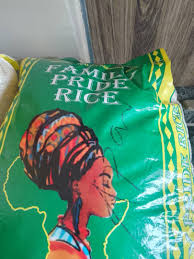

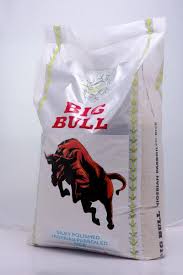
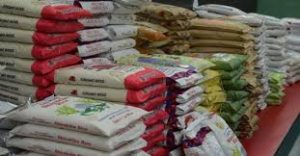





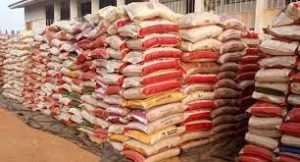

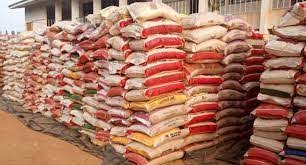
About The Author
ShopLink.NG Admin